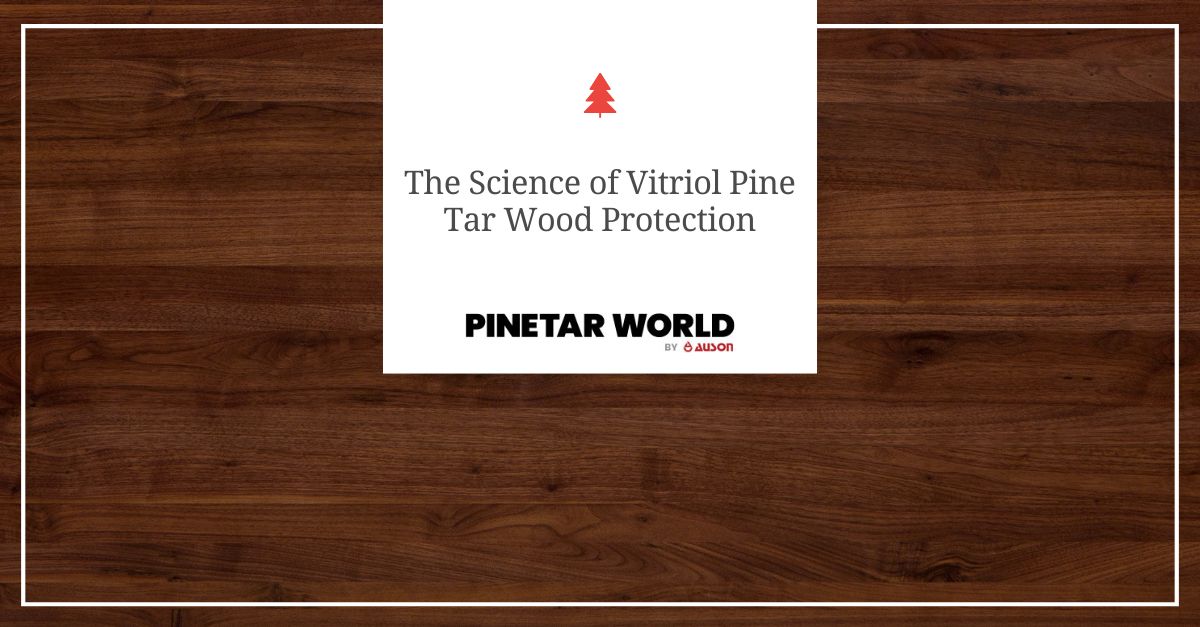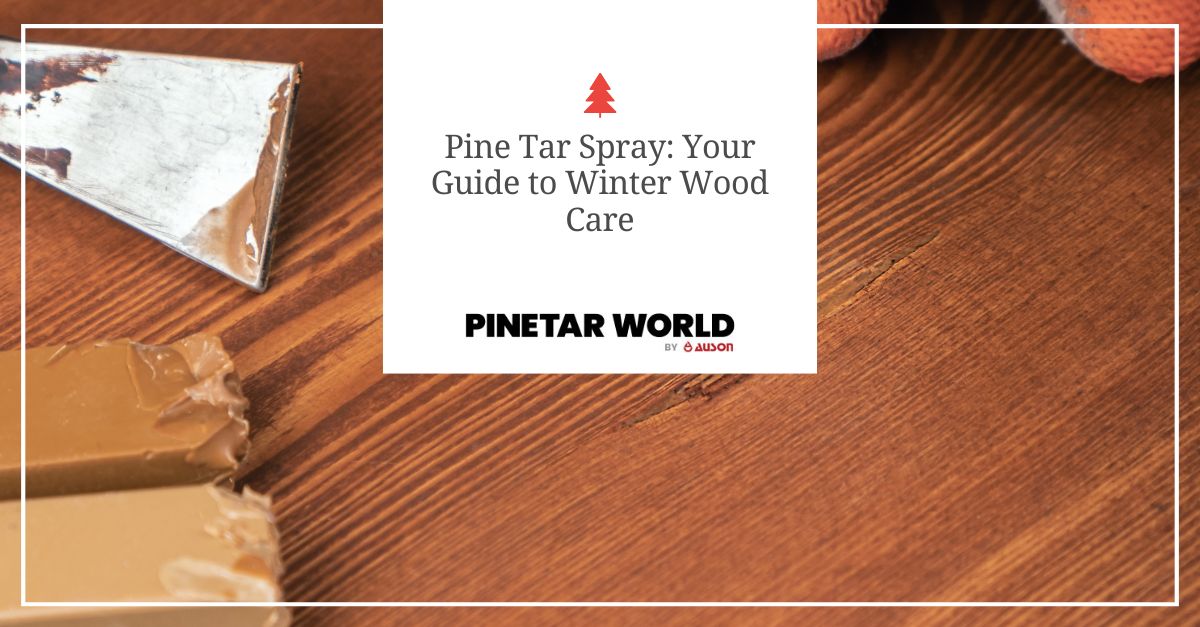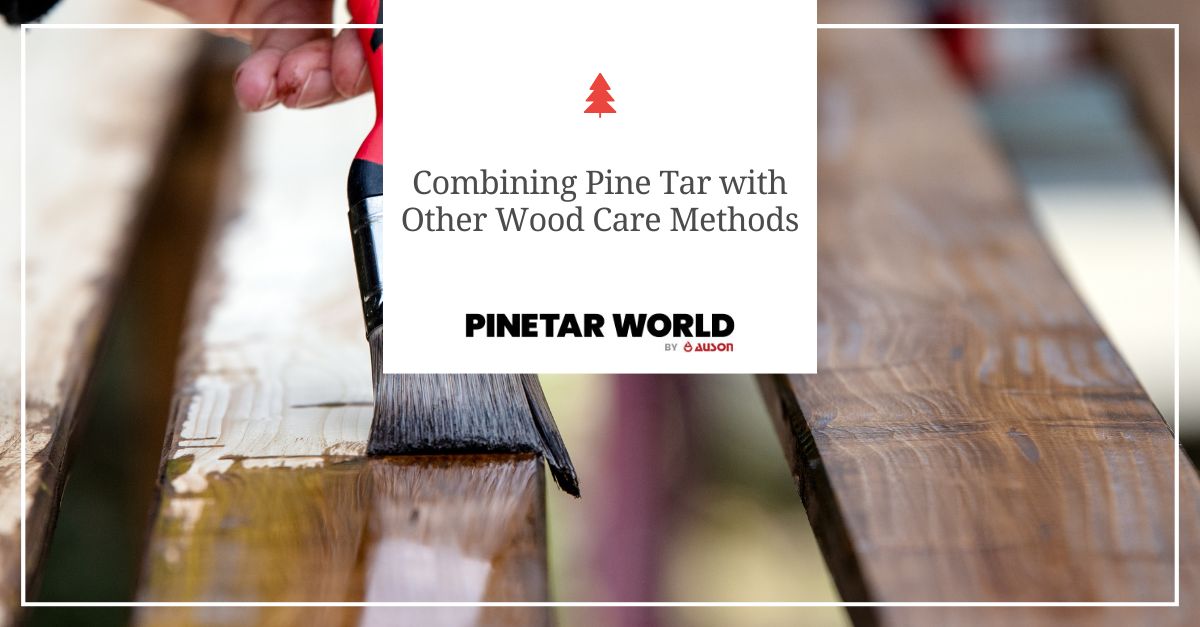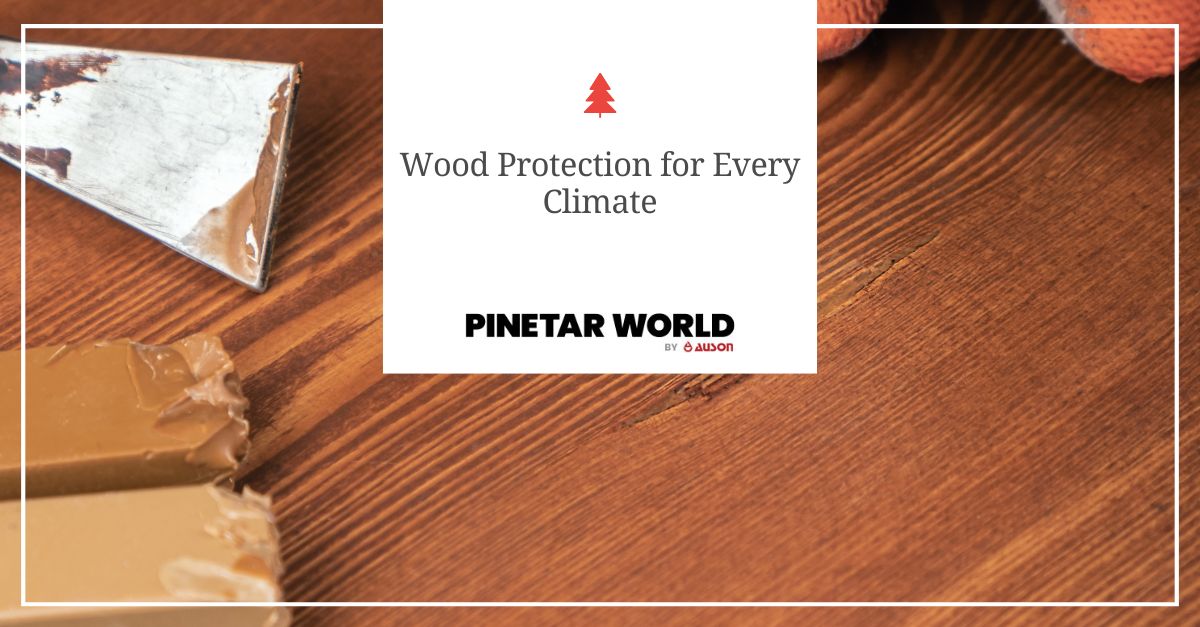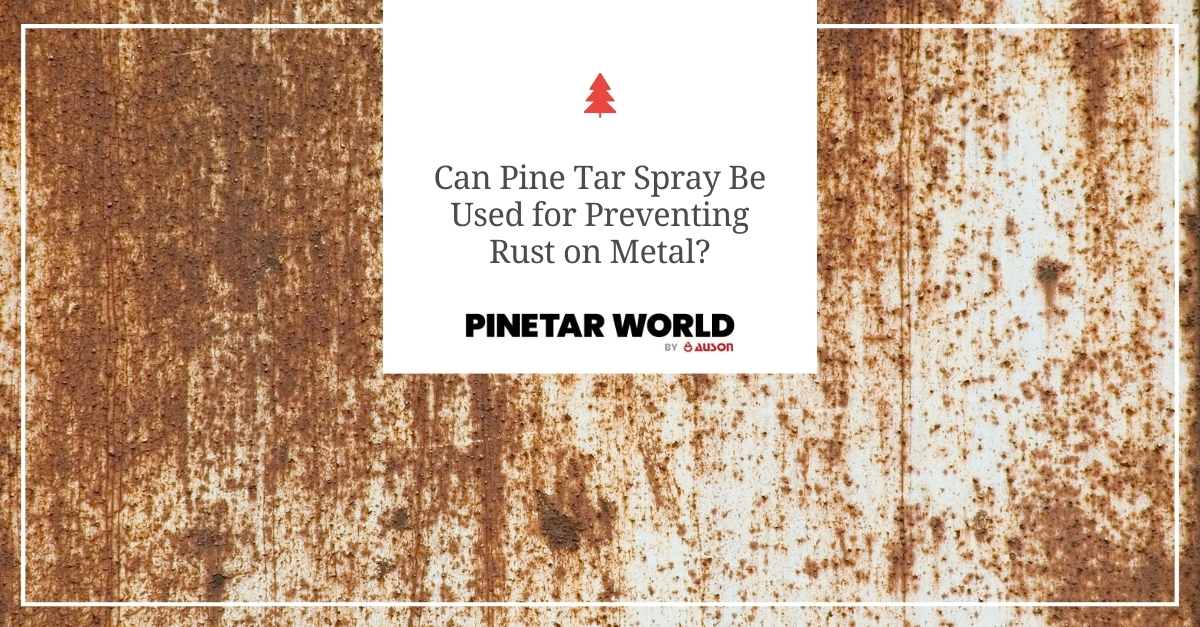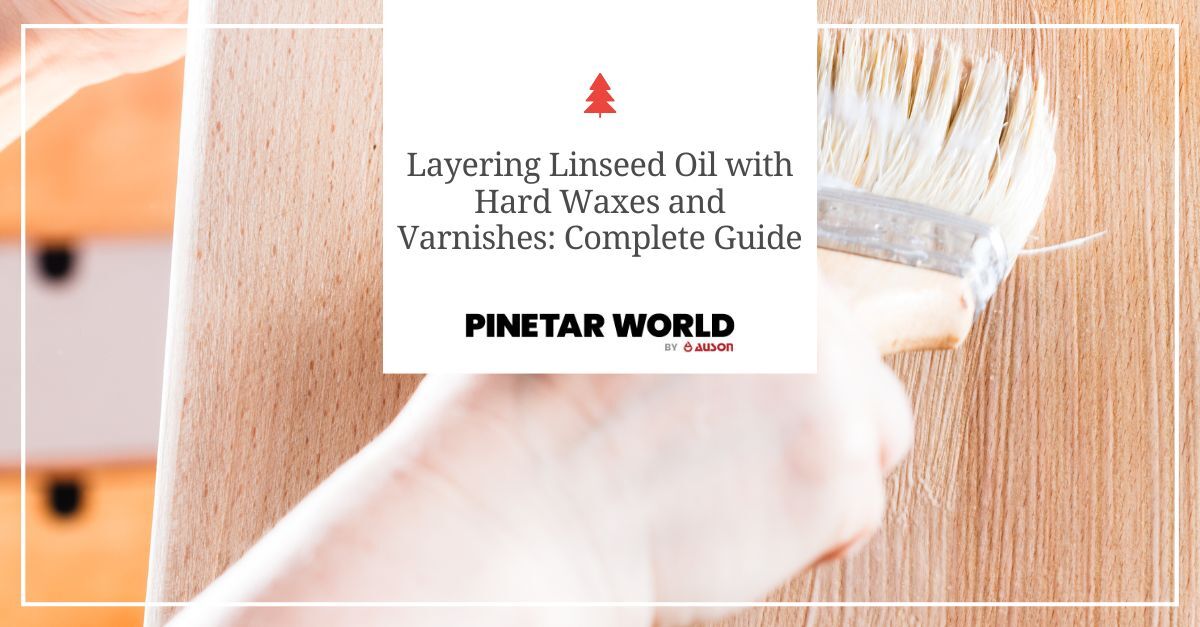Winter is notoriously hard on the exterior of your home. While you were cozy inside, your deck, fences, and patio furniture were battling freezing temperatures, snow, heavy rain, and fluctuating humidity. Now that the days are getting longer and the sun is starting to peek through, you might notice your outdoor wooden surfaces looking a…


